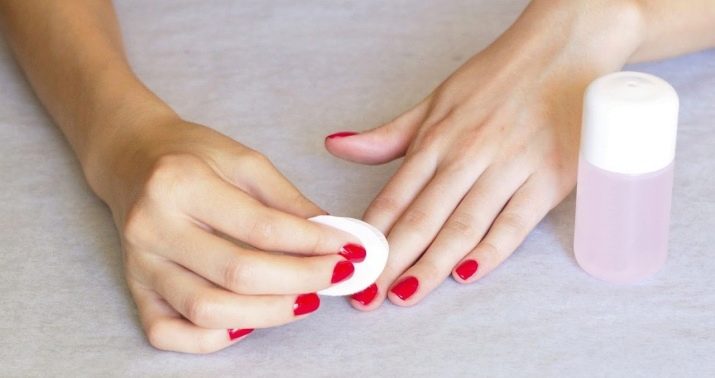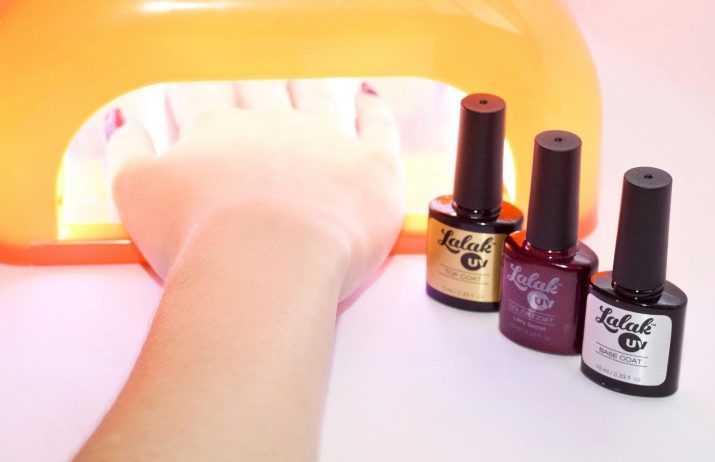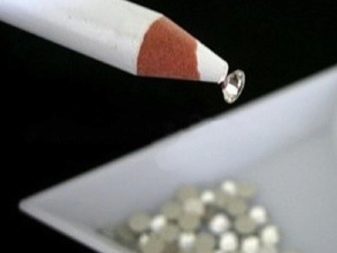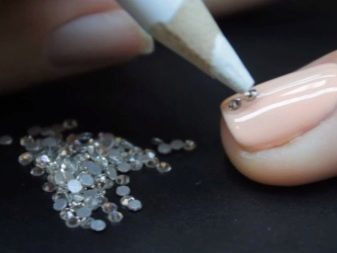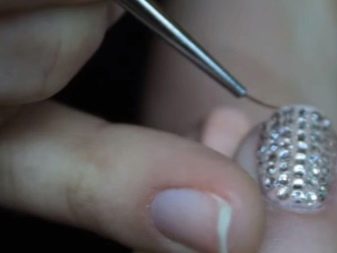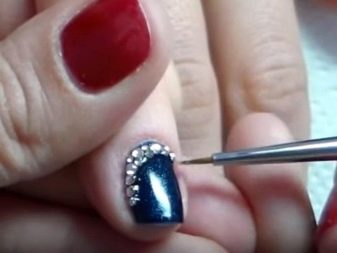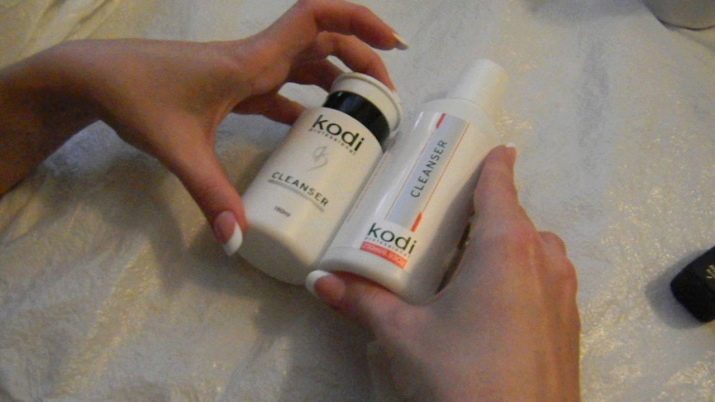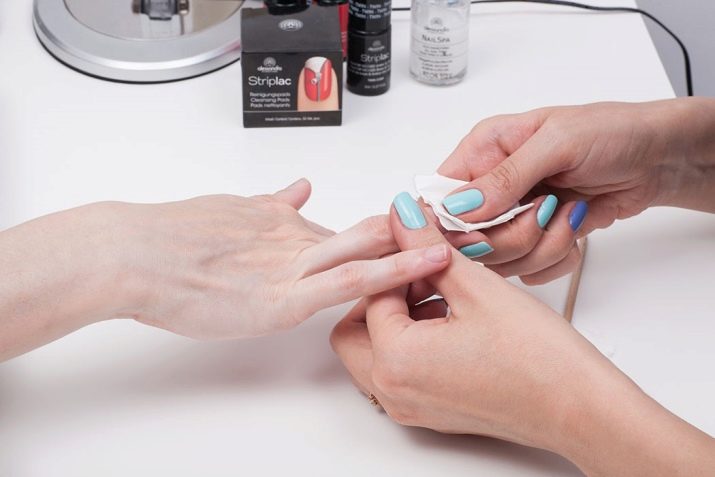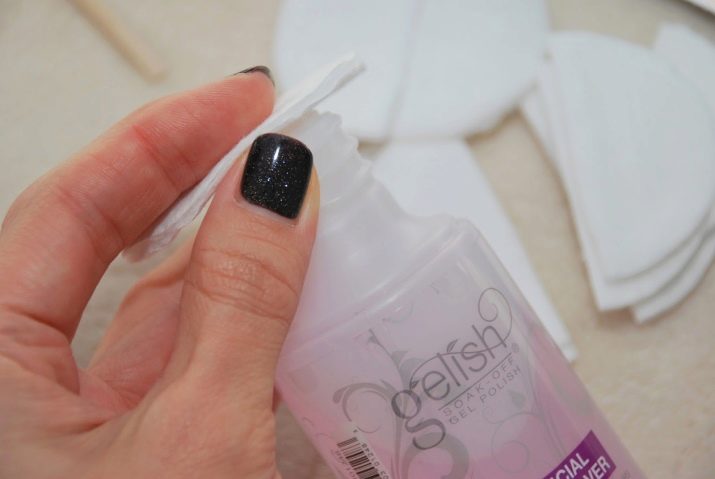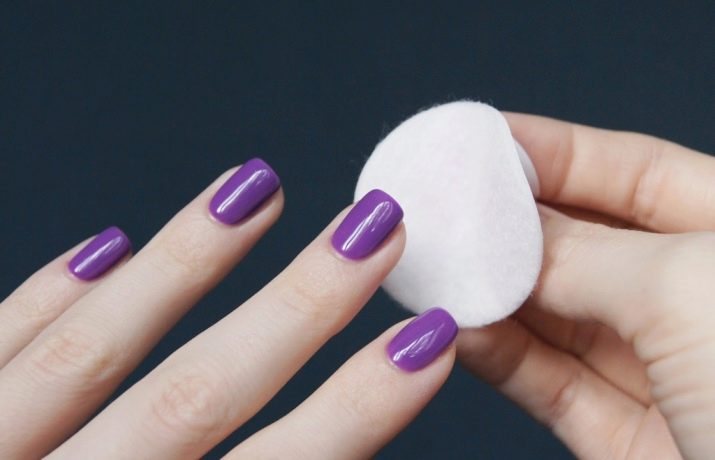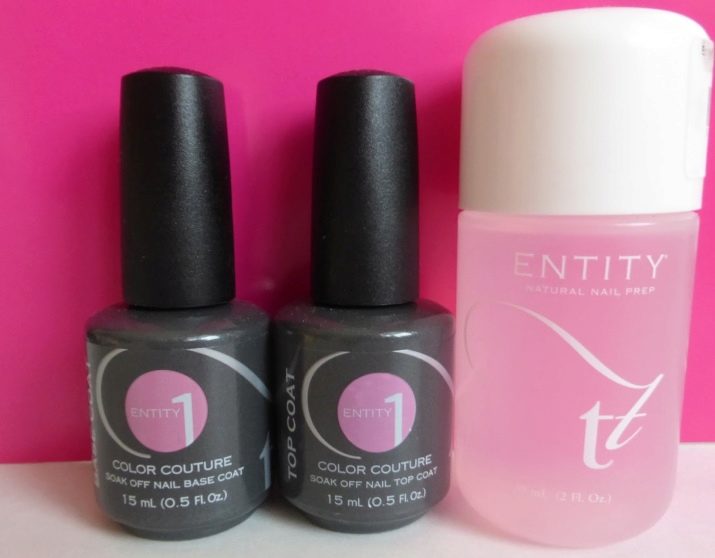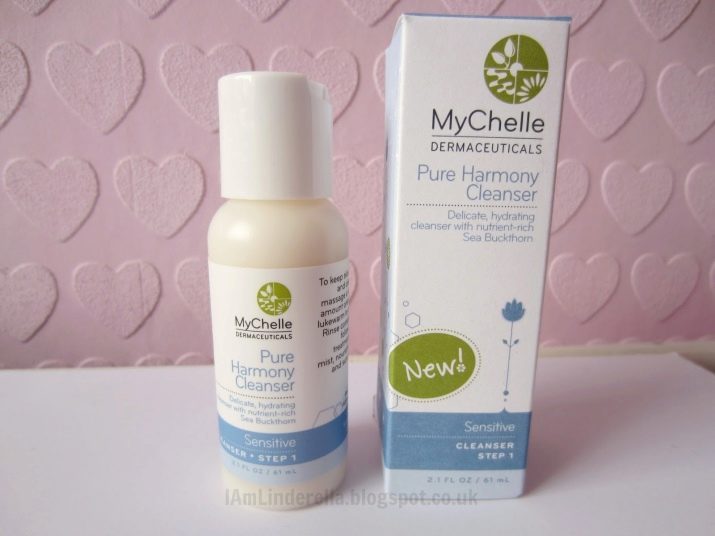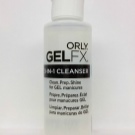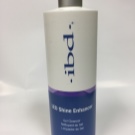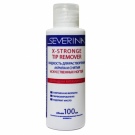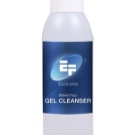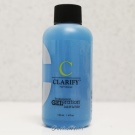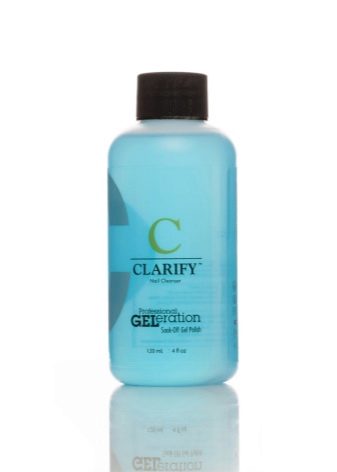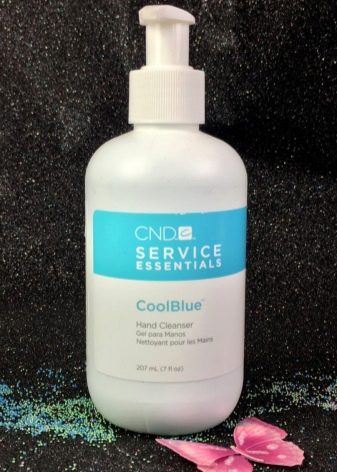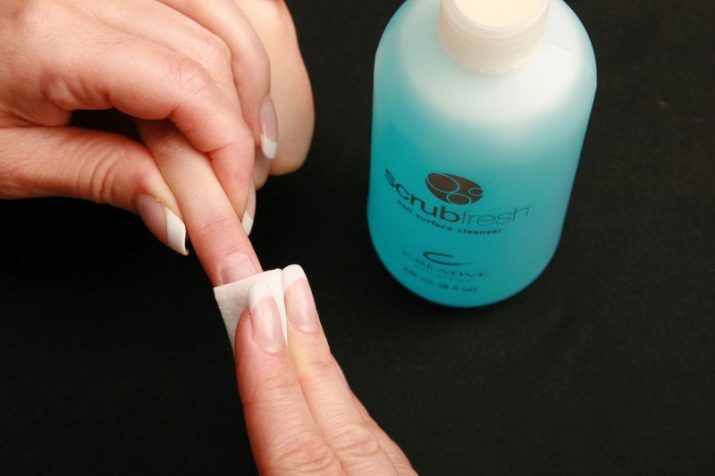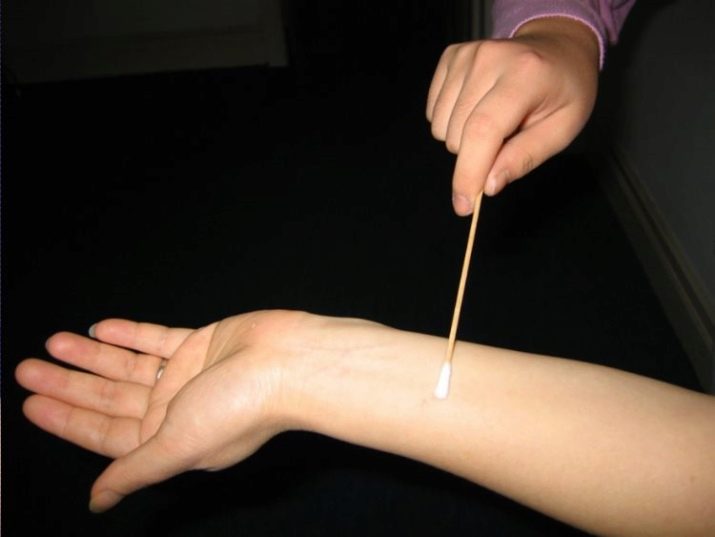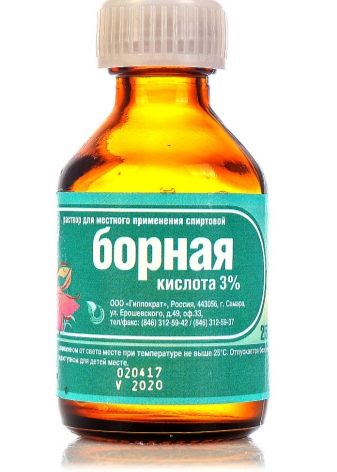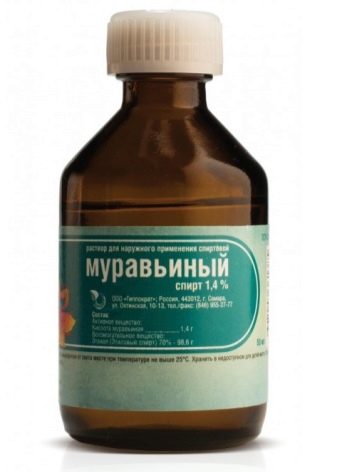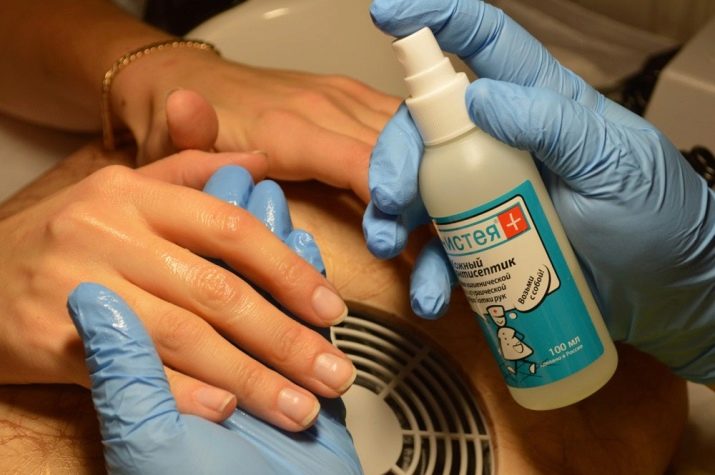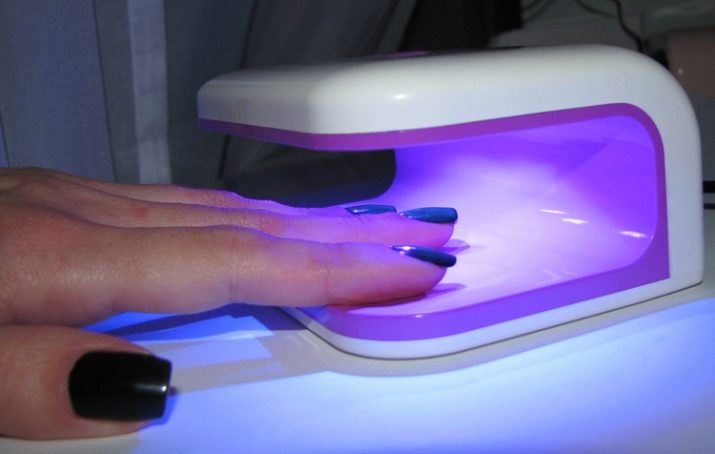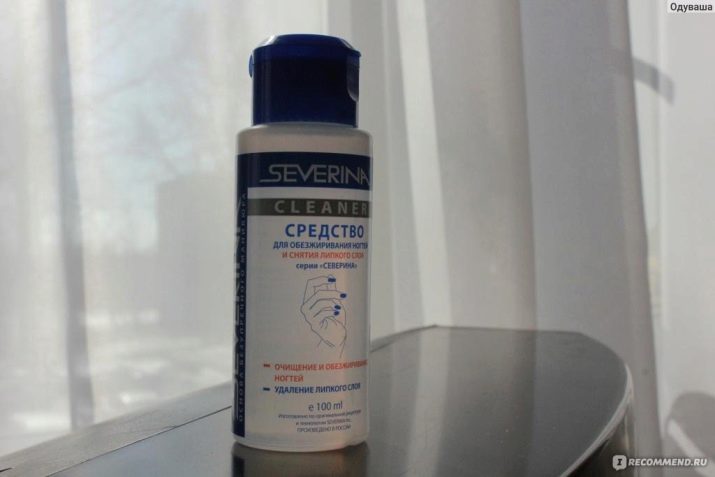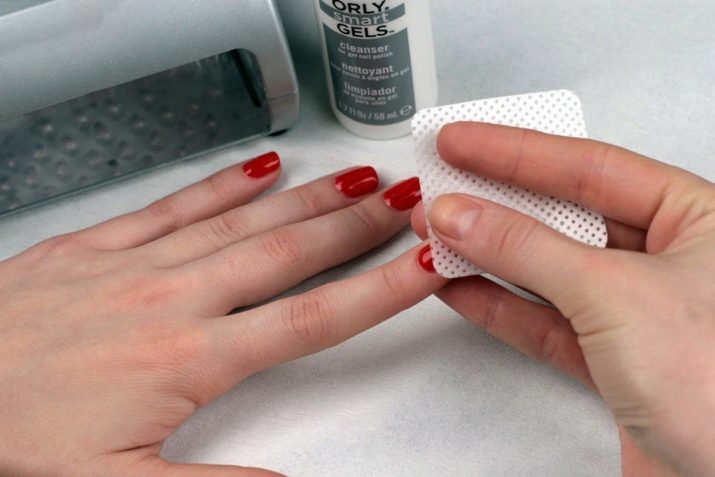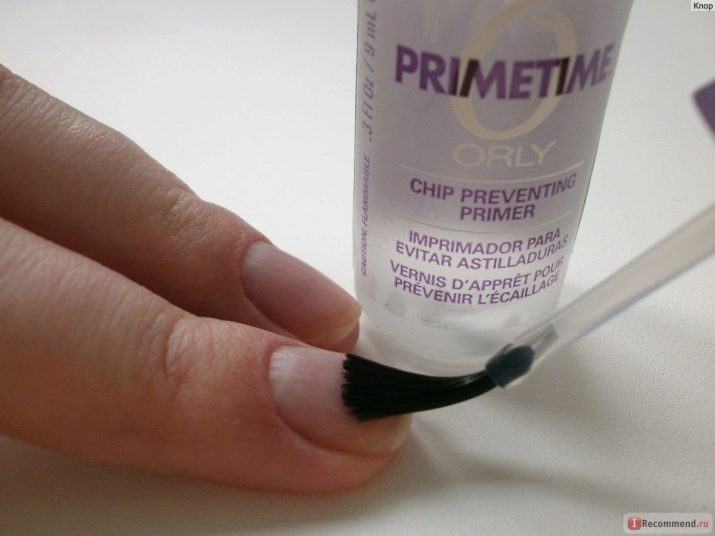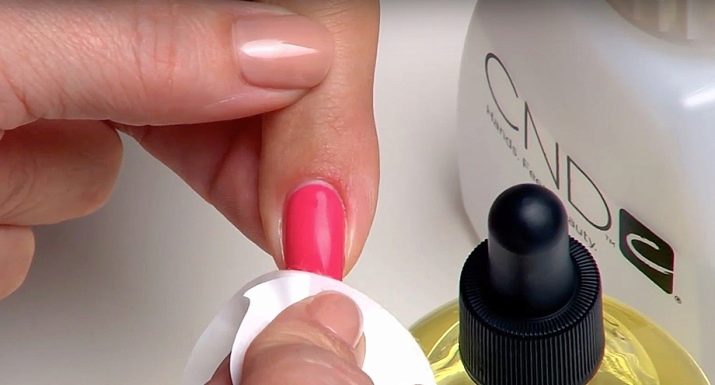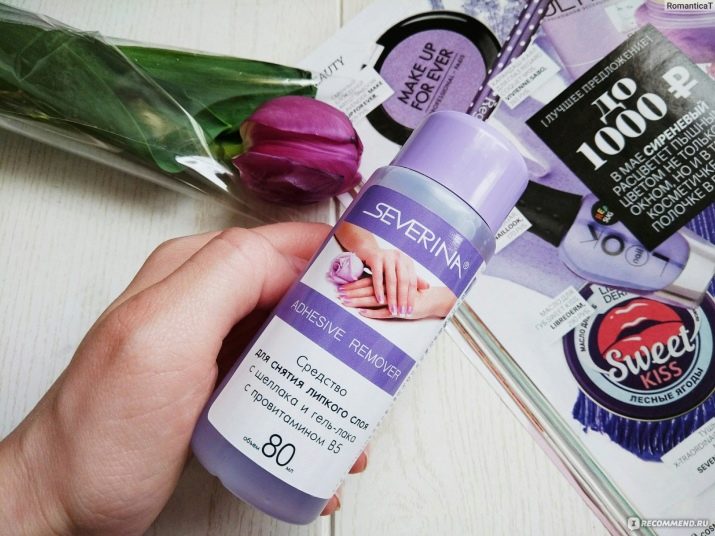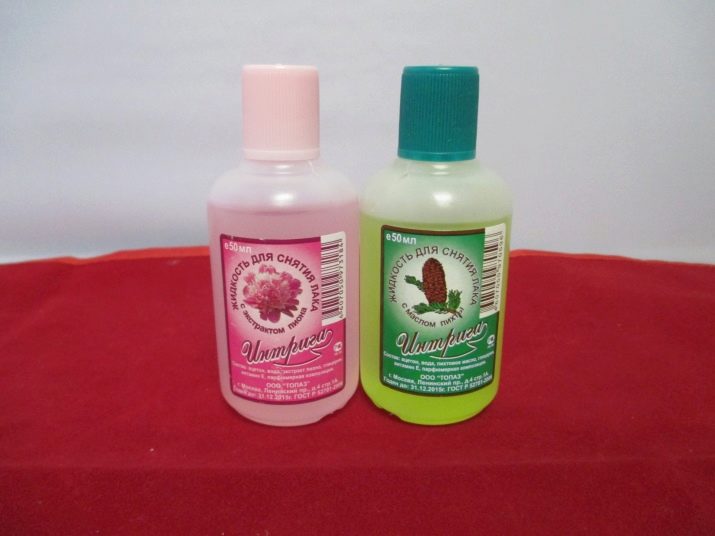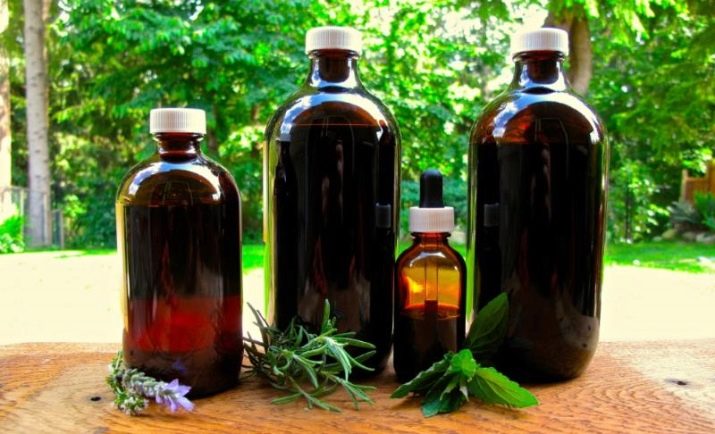How to remove the sticky layer of gel polish at home?
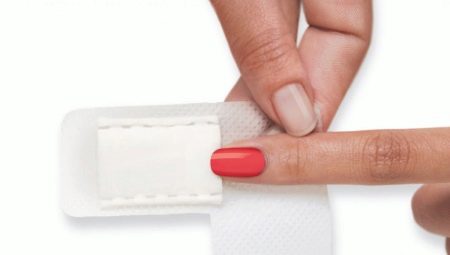
Manicure using gel polish instead of the usual coverage has already fallen in love with many girls. If earlier only visitors of beauty salons could afford it, now strong coverage has become available to many. You can use it to create a beautiful design at home. At the same time, most questions arise in the implementation of various techniques and nuances of using professional coverage.
Why does a sticky layer appear?
Creating a unique pattern on the nails using gel polish is a popular way to perform a beautiful and durable manicure in the style of the latest trends. To do this, it is not necessary to spend a lot of money and spend hours in the nail salon. The simplest, but effective patterns are usually performed independently at home, even beginners without drawing experience. In this case, it is necessary to comply with the technology of application, use specialized tools and the necessary tools for this. The final stage of creating virtually any manicure when using the popular fashion gel polish is to remove the sticky layer. Women who make a beautiful manicure with the help of a gel coating themselves at home, often doubt whether it is necessary to remove the sticky layer from the gel, when to clean it, and why it is needed.
A sticky layer appears after the gel polish is polarized in an ultraviolet lamp. And also it is applied on the main and final coating under the gel polish. The adhesive layer provides the best adhesion of each layer to the nail plate, as well as layers of gel polish with each other. Such a dispersion layer shines after drying under the lamp and to the touch has some stickiness.
This property of the coating can be useful for creating a unique design of manicure. Rhinestones, foil, lace and other decorative elements are attached to it without the need to use special glue.
Always remove the sticky layer on the top coat., unless otherwise required by the technology of application of a particular manicure. Dispersion layer, if not removed, can cause allergies. It has a strong unpleasant odor and can adversely affect the condition of the skin of the hands around the nail plate. Therefore, aggressive chemical substances in its composition should be neutralized. With proper observance of technology, the main coating will remain brilliant and will not change its properties. And the necessary layer of the final coating will remain to protect the manicure and extend its durability.
Many are interested in the exact answer to an important professional question, from which other layers you need to remove the adhesive layer. Experts in the field of nail art explain that the primer is never degreased. This is the first layer, which creates the main grip of all subsequent layers with the nail. Stickiness is its main quality. The adhesive layer is also not removed from the base layer and the base layers of colored varnish.
However, some techniques require its removal:
- if coatings of different companies are used;
- before the image of patterns and decor to get clear contours without spreading;
- if gel paint is used on one of the layers.
It is important to choose the best suitable means for removing the sticky layer. Well, if you have the opportunity to purchase a professional tool of the original manufacturer, whose gel covered marigolds. Only then can one be confident in a predictable and professional ideal result.
The coating will retain its original characteristics. And you do not have to spend extra time on correcting or creating a manicure again.
How to remove it with a klinsser?
Masters of nail service to remove the sticky layer from the gel polish often use a professional tool, but in some cases they can find alternatives instead. This is a cliner (klinsser), which translates from English as a "cleaner." Although basically degreasers are based on the same ingredients, the differences between them are still there, and quite noticeable.
Entity Nail Prep is considered by professionals to be the most pleasant-smelling product due to its brand-name fragrances. In addition, it will help remove any types of dirt from the nails. It will be especially useful for those who use klinserom daily. NSI Cleance is also a fairly common option that is popular in professional environments.
More affordable options are offered by the brand Ra Nails Cleanse, EF Exclusive Cleanser. They remove the sticky layer from the surface of gel polish no less carefully and safely for the skin of hands and the surface of nails. For home use, you can choose the means Severina, ORLY, IBD, Harmony. These wedges are low cost options for professional degreasers.
And also there are multicomponent products with a complex composition and a wide range of additional effects. In beauty salons use CND wipers, which are quite expensive. In addition to removing the dispersion layer, they perform the function of sanitizing instruments, a UV lamp, and hands. The Jessica product not only carefully helps to remove the sticky layer, but also prevents the development of fungus and microorganisms on the nails and hands. The degreaser acts delicately and gently, without harming the skin.
In order to carry out the degreasing procedure, a lint-free napkin is moistened with a klinsser and the coating is wiped with it. It is important to use special wipes, and not sponge or cotton: after treatment on the gel-lacquer or top coat, whitish pieces of lint may remain, which will spoil the impression of a beautiful and neat manicure.
Alternative ways
Sometimes it is impossible to buy a clincer, or it just ended. And at the same time it is very necessary to make a manicure. For this case, the degreaser can be replaced with non-acetone in the composition for removing pigment. It is better if there are no oils or any other moisturizing substances in the list of active substances, as they can affect the gel coating in an unpredictable way. Manipulations with the coating can be carried out with substances and compositions that are used in their daily practice by the wizard of nail design. Often, in their absence, use simple and democratic means of a simple home kit. Whatever method you choose, the composition should be chosen very carefully. It should not only be of high quality, but also not cause an allergic reaction. To do this, before applying do a small test for individual tolerance of the funds on a small area of skin.
At home, you can make a clinser yourself. Typically, the purchaser consists of alcohol, water, and perfumes. Therefore, to prepare your own solution, you need to take 30% water and 70% medical alcohol, or use a solution in the ratio of 50% to 50%. It should be left for 12-24 hours to insist. If the product is urgently needed, it should be shaken well for 3 minutes, and then it can be used.
In the absence of a specialized liquid, you can remove the sticky layer at home with alcohol or special wipes. And you can also remove the dispersion layer using a boron solution or formic alcohol.
However, alcohols can react with varnish and cause it to darken or even dim. To remove the sticky top layer is often used and ordinary high-quality vodka.It can even make the color of the coating brighter and will not spoil it exactly. You can also try to remove the sticky layer with a conventional medical antiseptic for hands.
Professional Tips
The adhesive layer is removed only from the completely dried and well-cooled coating. It should take about 1-2 minutes after polarization under the lamp. Otherwise, the top layer may dim or change the color of the main layer.
- It is best to use a specially created for this manufacturers cosmetic product that removes the sticky surface. It also performs an additional function - degreases nails before applying the base for a manicure. Ideally, you should take the product of the same company, the gel varnish of which you use: this way you can avoid unexpected chemical reactions between the coatings.
- When removing the adhesive layer, you should try to remove it in one motion, so as not to damage the top coating.
- In the absence of Klinser best to use alcohol. It will help to eliminate possible allergic reactions from the sticky layer, as well as serve as an excellent antiseptic not only for the treatment of hands and nails, but also for all the materials used.
- Some people think that the primer can be used instead of the klinser. The primer can help to degrease the surface of the nail before performing a manicure, and at the final stage it will be useless to erase the sticky layer. The cleaner is used as an effective degreaser and for removing the dispersed coating from any of the layers of gel varnish, including the final one.
- Professionals advise to use products recommended by manufacturers. In this case, you can get a high-quality and beautiful coating. You should not save on gel varnish and related funds - it is better to buy a budget tool or decor tools. The final result of the work on creating a manicure will directly depend on the quality of the coating and the substances interacting with it. If it is not possible to purchase a professional tool, then it is better to use simpler one-component compositions.
- For home use it is not bad to use Korean-made products or domestic firms. They combine two or three functions in one. Their composition should not contain glycerin or oils, and then they can not only remove the sticky layer, but also degrease the surface of the marigold before it is coated with a basic binding layer to protect against aggressive substances of the gel.
- In no case should you take a cleaning fluid with acetone to remove the sticky layer. It will break the coverage and the effect will be unpredictable. Up to the point that you have to redo the manicure again. Liquids for removing varnishes without acetone should also be used very carefully: in their composition they can contain a large number of additional components that can interact in different ways upon contact with the coating.
- Various alcohol-based tinctures for bathing, drug use should not be used to remove the sticky layer. Such experiments can end sadly not only because of a violation of the coating, but also because of possible allergies, dry skin and the formation of cracks on it.
The way to remove the adhesive layer from gel polish at home, you will learn from the video below.

